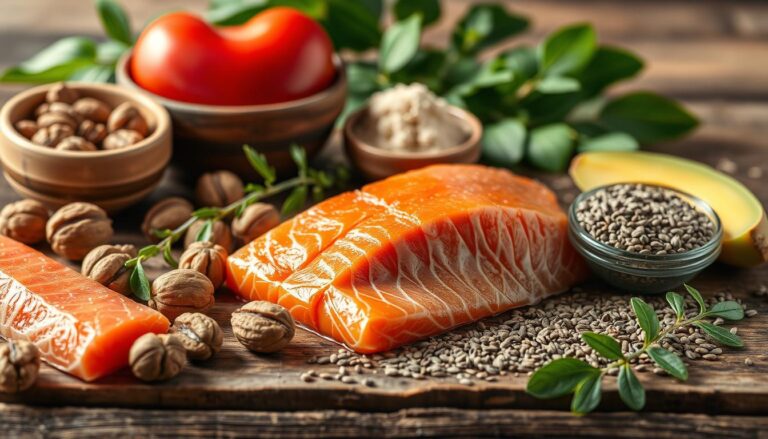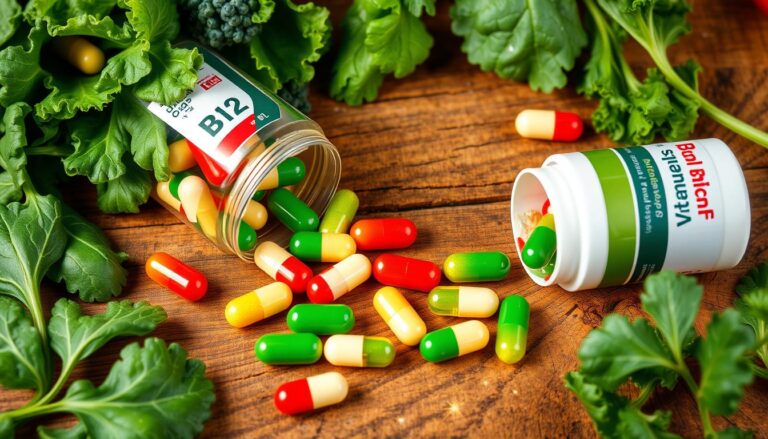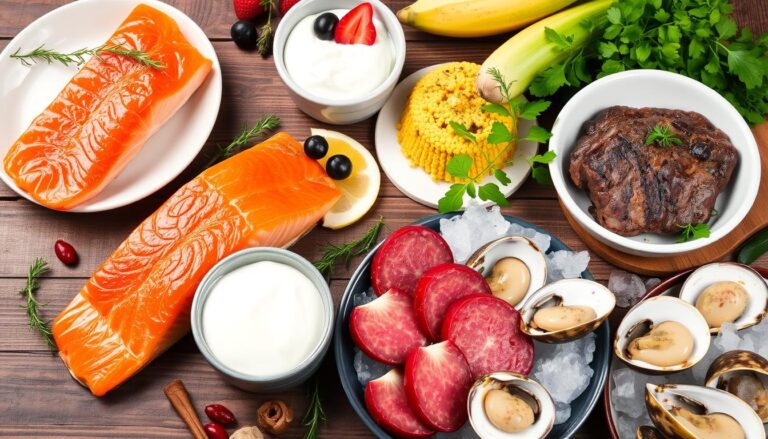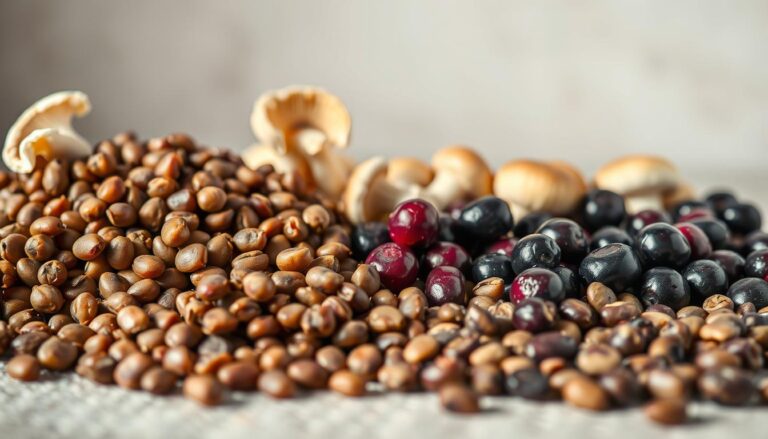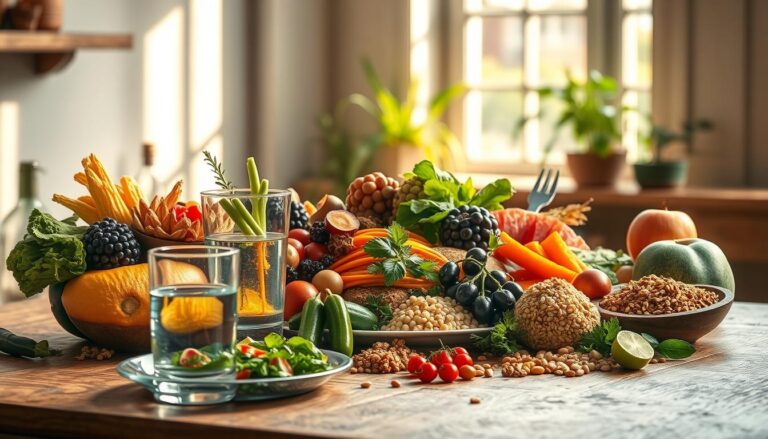Can your dinner plate truly shield you from disease? The conversation around nutrition and cancer prevention is clouded by bold claims and conflicting advice.
While some sources promise miracle cures others dismiss dietary impacts entirely. Where does science draw the line?
Modern research reveals that diet plays a role in cancer risk, but not in the way viral social media posts suggest.
Studies show patterns matter more than single ingredients think Mediterranean style eating over obsessing about one superfood. Yet 67% of Americans believe specific items alone can prevent illness, according to recent surveys.
Nutritional science faces unique challenges. A 2023 Johns Hopkins review emphasized that correlation doesn’t equal causation in food studies. For example, populations eating more broccoli might have lower cancer rates but other lifestyle factors could explain the difference. This complexity fuels both hope and confusion.
Key Takeaways
- Nutrition impacts cancer risk, but no single food guarantees prevention
- Whole dietary patterns outweigh isolated miracle ingredients
- Many popular food claims lack rigorous scientific validation
- Lifestyle factors like exercise and smoking status modify dietary effects
- Understanding study types helps separate facts from assumptions
Emerging evidence suggests compounds in everyday foods like tomatoes or green tea may interfere with cancer pathways. However these lab findings rarely translate directly to human outcomes. As research evolves one truth remains clear lasting protection comes from consistent habits not quick fixes.
Introduction Unraveling the Cancer Diet Debate
What role does everyday eating play in preventing disease? While studies confirm nutrition influences cancer risk online claims often twist facts into fiction. Viral posts might declare kale a shield or sugar a “villain,” but science paints a more nuanced picture.

Peer-reviewed research shows dietary patterns like plant-focused meals matter more than fixating on single ingredients. Yet 72% of health blogs prioritize clickable headlines over evidence per a 2024 Stanford analysis. This gap leaves many people confused about what truly supports prevention.
One major challenge? Nutrition studies often rely on self-reported data. A tomato rich diet might correlate with lower cancer rates but active lifestyles in those groups could explain the benefit. As Johns Hopkins experts note Food doesn’t work in isolation it’s part of a biological ecosystem.
Social media trends complicate things further. A TikTok video about cancer causing foods can gain millions of views before fact checkers respond. These oversimplified messages ignore critical factors like portion sizes cooking methods, and genetic predispositions.
To navigate this maze, focus on consensus from major health organizations. The American Institute for Cancer Research emphasizes whole grains vegetables, and legumes not exotic superfoods as pillars of prevention. Small consistent changes beat chasing miracle cures.
Anti Cancer Foods Myth or Fact? Uncovering the Evidence
How do microscopic lab discoveries translate to practical kitchen choices? Scientific validation of dietary impacts relies on three key methods test-tube experiments animal trials and human population analyses. Each approach offers unique insights but carries distinct limitations.
Lab studies frequently identify promising compounds like sulforaphane in broccoli or lycopene in tomatoes. However isolating these substances in petri dishes differs vastly from consuming whole foods in varied diets. A 2022 review noted that 95% of cell culture findings fail to show equivalent effects in human trials.
Population studies reveal patterns linking vegetable-rich diets to lower cancer rates. Yet these observational results can’t prove causation. As Harvard researchers explain: People who eat more kale might also exercise regularly or avoid smoking both known protective factors.
Modern evidence based guidance prioritizes dietary synergy over single ingredients. The American Cancer Society emphasizes balanced plates with diverse plants whole grains, and lean proteins. No individual item guarantees protection but consistent quality matters.
When evaluating claims, consider study design. Randomized controlled trials though rare in nutrition science provide stronger evidence than self reported surveys. Peer reviewed meta analyses offer more reliability than isolated experiments.
Ultimately, focusing on long-term eating patterns proves more effective than chasing mythical cure-all foods. Small daily improvements like adding fiber or reducing processed meats create cumulative benefits that rigorous research consistently supports.
Artificial Sweeteners and Sugar Myths
Do zero calorie sweeteners secretly harm us? This debate divides kitchens and labs alike. While sugar faces accusations of fueling health crises, alternatives face their own scrutiny. Let’s separate lab rumors from nutritional realities.

Read more: Top 8 Anti Cancer Foods What is it?
Examining Scientific Studies on Sweeteners
Regulatory agencies worldwide have scrutinized artificial sweeteners for decades. The FDA and European Food Safety Authority agree approved options like aspartame and stevia show no cancer risk at normal consumption levels.
Early rodent studies that sparked concerns used doses equivalent to 1,500 diet sodas daily far beyond human habits.
- Human trials spanning 20+ years show no consistent cancer links
- Current evidence confirms safety within recommended limits
- Claims often misinterpret lab results from extreme scenarios
Impact on Weight and Cancer Risk
Sugar’s danger lies in its stealthy role in weight gain. High calorie sweets crowd out nutrient-rich foods while spiking insulin levels. Obesity creates biological changes chronic inflammation hormone imbalances that indirectly elevate cancer risks. Research connects excess body fat to 12 cancer types.
Moderation remains key. A daily soda won’t cause tumors, but habitual overconsumption creates metabolic chaos. Balance sweet treats with vegetables, proteins, and activity. As one nutrition researcher notes: “Our bodies care about patterns, not single ingredients.”
Organic Foods Separating Fact from Fiction
Does paying more for organic labels translate to better health protection? Grocery shoppers face tough choices as claims about pesticide risks and nutritional superiority flood media channels. While organic farming avoids synthetic chemicals, research reveals surprising truths about its actual health impacts.
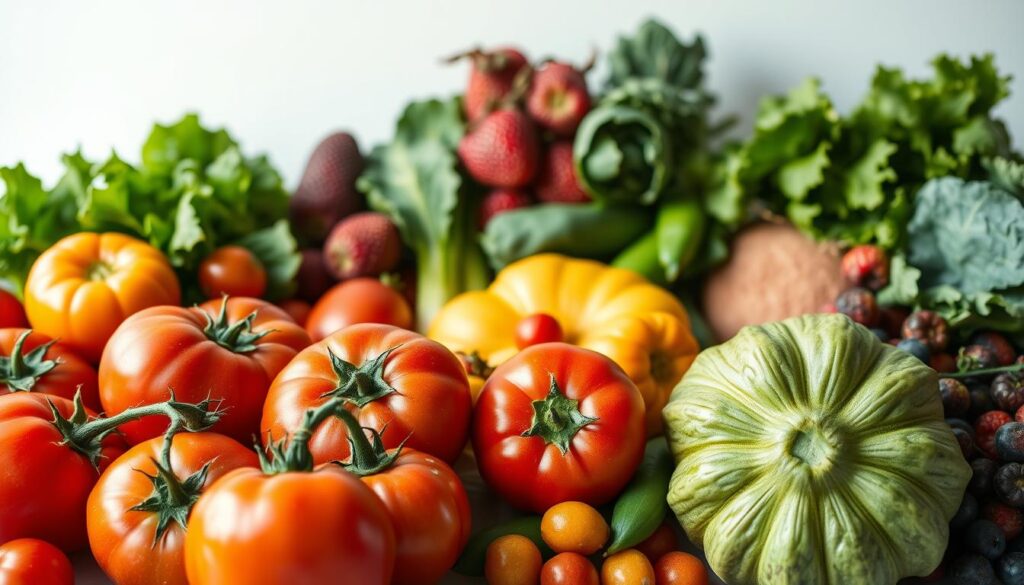
Read more: Weight Loss amp Cancer Risk Reduction Facts Revealed
What Studies Reveal About Farming Methods
Decades of peer reviewed studies show minimal nutritional differences between organic and conventional crops.
Both provide comparable levels of vitamins minerals, and protective plant compounds. A Stanford University analysis of 237 studies found no consistent cancer prevention advantage in organic options.
| Factor | Organic | Conventional |
|---|---|---|
| Pesticide Residues | Lower levels | Regulated safety limits |
| Key Nutrients | Similar range | Similar range |
| Cost Premium | +30% average | Base price |
| Cancer Evidence | No proven benefit | No increased risk |
Government agencies strictly monitor pesticide levels in conventional produce. The EPA’s tolerance guidelines are 100x lower than doses showing any health effects in lab animals. Washing fruits and vegetables removes most surface residues regardless of farming method.
Environmental benefits drive many organic purchases. These practices reduce chemical runoff and support biodiversity. However nutrition experts emphasize that eating more vegetables and fruits organic or not offers greater health returns than fixating on production methods.
For budget conscious shoppers conventional produce remains a smart choice. The American Journal of Clinical Nutrition confirms that plant consumption frequency matters more than organic status for disease prevention. Focus on filling half your plate with colorful vegetables first.
Burnt Foods and Acrylamide Concerns
Does that crispy toast come with hidden health costs? The sizzle of golden brown potatoes and the crunch of well-done chips raise questions about cooking safety. At the heart of this debate lies acrylamide a chemical formed when starchy food reaches high temperatures during frying, baking, or roasting.
What is Acrylamide?
This natural compound appears when sugars and amino acids react above 248°F. Darker cooking colors signal higher levels. While rodent studies showed increased cancer risk at extreme doses, human research tells a different story.
A Cancer Research UK analysis of 500,000 people found no clear connection to tumors in humans. The doses causing harm in animals equal 170 pounds of fries daily explains Dr. Emma Johnson, food safety researcher. Real world consumption rarely approaches these levels.
Cooking Guidelines for Reduced Exposure
Practical steps balance safety and enjoyment. Aim for golden yellow hues instead of dark brown when preparing potatoes or bread. Store spuds in cool, dark places to limit sugar formation a key acrylamide precursor.
Steaming or boiling starchy food creates less of the compound than dry-heat methods. The UK Food Standards Agency advises If you occasionally burn toast scrape off the charred bits. Moderation and varied cooking techniques help minimize concerns while maintaining flavorful meals.
Superfoods and Nutritional Balance in Cancer Prevention
Marketing campaigns often paint certain ingredients as nutritional superheroes. While foods like acai berries and chia seeds dominate health blogs science reveals a different story about their actual benefits. True protection comes from consistent dietary patterns not isolated miracle items.
Separating Marketing From Science
The term superfood lacks official scientific definition. A 2023 analysis in Nutrition Reviews found that 89% of superfood studies used nutrient concentrations impossible to achieve through normal eating. Researchers often test extracts equivalent to eating 50 blueberries daily for months.
| Common Superfoods | Everyday Alternatives | Key Nutrients | Cost Comparison |
|---|---|---|---|
| Kale | Spinach | Vitamin K, Folate | 40% cheaper |
| Quinoa | Brown Rice | Fiber, Magnesium | 65% cheaper |
| Goji Berries | Strawberries | Vitamin C | 80% cheaper |
This table shows comparable nutrients in budget friendly options. No single food contains magic bullets states Dr. Lisa Reynolds, oncology nutrition specialist. Regularly eating various plants provides synergistic protection that isolated superfoods can’t match.
Focus on filling your plate with colorful produce rather than chasing trends. Apples and carrots offer similar antioxidants to pricier alternatives. Combine them with whole grains and legumes for maximum cancer prevention benefits.
The Role of Vegetarian and Balanced Diets in Cancer Risk
What balance of plant and animal foods optimizes cancer prevention? Research reveals that strict dietary labels matter less than portion ratios. A 2020 study led by Prof. Marc Gunter found fish consumption lowers colorectal risk while lean poultry shows neutral effects. This challenges extreme approaches to meal planning.
Building Plates for Protective Eating
Current guidelines emphasize flexibility over elimination. The three quarters rule suggests filling most plates with plants vegetables, whole grains, and legumes while reserving smaller sections for protein sources. This approach balances nutrient density with practical enjoyment.
Key considerations include limiting red meat to 3 weekly servings and avoiding processed varieties.
Fish provides omega-3s that may actively lower risk while plant proteins like lentils offer fiber. No single diet pattern fits all, but evidence confirms that diverse plant-forward eating consistently supports prevention.
Ultimately, sustainable protection comes from adaptable habits rather than rigid rules. Pairing colorful produce with moderate animal or alternative proteins creates meals that nourish both body and scientific consensus.
